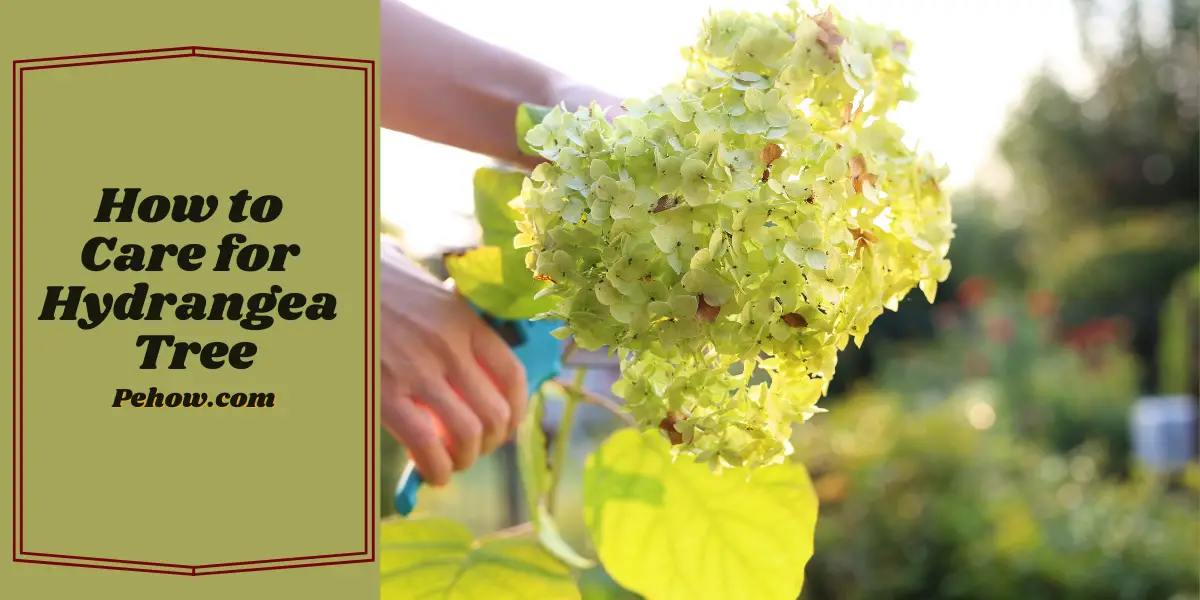Hydrangeas are one of the most popular garden shrubs, and it’s easy to see why. These beautiful plants produce masses of big, showy flowers in a wide range of colors—from deep blue to rich pink to pure white. And while they’re generally easy to care for, a little bit of knowledge goes a long way when it comes to getting the most out of your hydrangea tree.
Tree hydrangeas (Hydrangea arborescens), also known as wild hydrangeas or smooth hydrangeas, are native to the eastern United States. They’re hardy plants that can tolerate a wide range of growing conditions, but they prefer moist, well-drained soil and partial shade.
In this article, we’ll give you some essential tips on how to care for hydrangea tree, so you can enjoy a beautiful display of flowers year after year.
Hydrangea Tree Care

The Hydrangea Tree is a beautiful and popular addition to any garden or landscape. It is easy to care for, but there are a few things you should know in order to ensure that your Hydrangea Tree thrives.
Planting
Hydrangea plant care staples include planting in moist, well-drained soil in a location that receives partial sun to full shade. If you live in an area with hot summers, it is best to plant your Hydrangea Tree in a shady spot to protect it from the harsh rays of the sun.
Through proper planting, you will ensure that your Hydrangea Tree gets the water and nutrients it needs to grow strong and healthy.
Soil Type
Hydrangeas prefer rich, moist soil that is well-drained. If your soil is heavy or clay-like, you may need to amend it before planting your Hydrangea Tree.
To test the drainage of your soil, dig a hole that is 12 inches wide and 12 inches deep. Fill the hole with water and allow it to drain. After the water has drained, fill the hole with water again and time how long it takes for the water to completely drain.
If the water drains within six hours, your soil has good drainage and is suitable for planting a Hydrangea Tree. If it takes longer than six hours, your soil has poor drainage and you will need to amend it before planting.
Amending Soil with Organic Matter
One way to improve the drainage of your soil is to add organic matter to it. This can be done by adding compost, rotted leaves, or manure to the soil before planting.
When adding organic matter to your soil, it is important to do so in moderation. too much organic matter can actually lead to problems with drainage.
Hydrangea Tree Size & Growth
Hydrangea Trees come in a variety of sizes, from small shrubs to large trees. The size of your Hydrangea Tree will depend on the variety you choose.
The growth rate of your Hydrangea Tree will also vary depending on the variety. Some varieties are fast growers, while others are slow growers.
To get an idea of how big your Hydrangea Tree will eventually grow, research the specific variety that you have or plan to purchase.
Pruning
Pruning is an important part of Hydrangea Tree care. How and when you prune will depend on the type of Hydrangea Tree you have.
Most types of Hydrangea Trees should be pruned in late winter or early spring, before new growth begins. However, there are a few varieties that should be pruned in late summer or early fall.
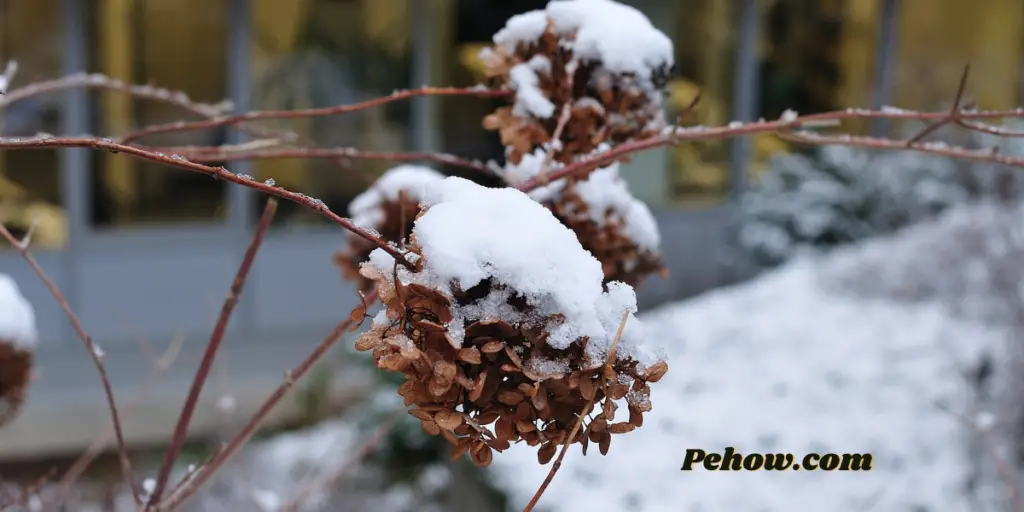
When pruning, be sure to remove any dead, diseased, or damaged branches. You should also remove any branches that are crossing or rubbing against each other.
After pruning, your Hydrangea Tree may not bloom as heavily as it did in previous years. This is normal and nothing to be concerned about.
Watering
Hydrangeas need 1-2 inches of water per week, either from rainfall or irrigation. They should be watered deeply and less frequently to encourage deep rooting. Use a soaker hose or drip irrigation system to keep the roots moist but not soggy.
Avoid overhead watering which can promote fungal diseases. Apply a thick layer of mulch around the base of the plant to help retain moisture and control weeds.
Fertilizing
Fertilize your hydrangea tree regularly to ensure healthy growth. Use a balanced fertilizer formulated for trees and shrubs. Apply the fertilizer according to package directions. Water the tree well after applying fertilizer.
Repotting
Hydrangea trees may need to be repotted every two or three years. Repotting is necessary when the tree becomes pot bound, with roots growing out of the drainage holes in the bottom of the pot.
To repotting your tree, choose a pot that is only slightly larger than the current one. Be sure the pot has drainage holes in the bottom.
Carefully remove the tree from its current pot and place it in the new pot. Fill in around the roots with fresh potting mix. Water the tree well and place it in a location with bright, indirect light.
How to propagate hydrangea plants?
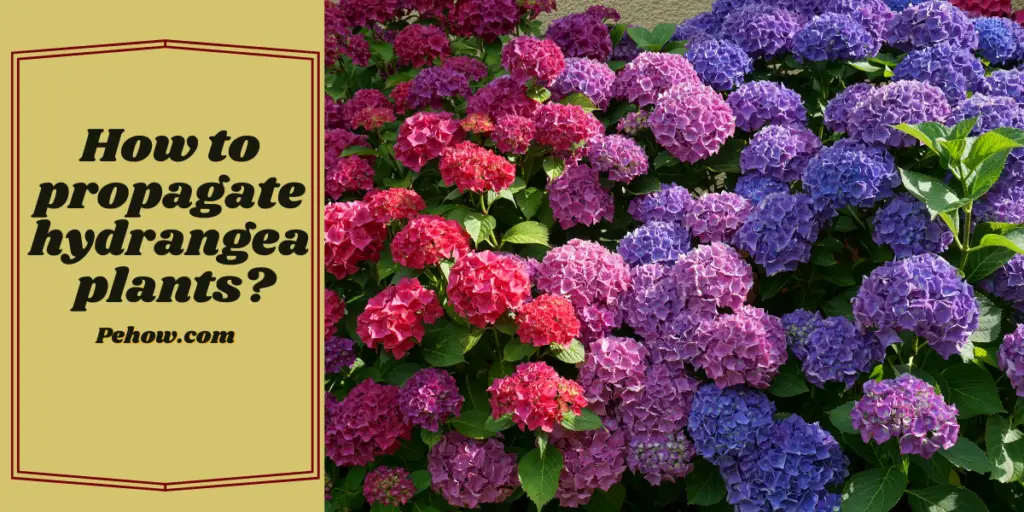
Propagating hydrangea plants is a relatively simple process. The easiest way to propagate them is by rooting stem cuttings taken from current plants.
Cut a stem that is at least six inches long and has several leaves on it. Remove the lower leaves and take a sharp knife to make a slanted cut on one end of the stem. Dip this end of the stem in rooting hormone and then plant it in a pot filled with moistened potting mix.
Place the pot in a warm, sunny location and keep the soil moist. In about six to eight weeks, you should see new growth appearing on the plant. Once the plant is well-rooted, you can transplant it into your garden.
When to Plant Hydrangea Trees
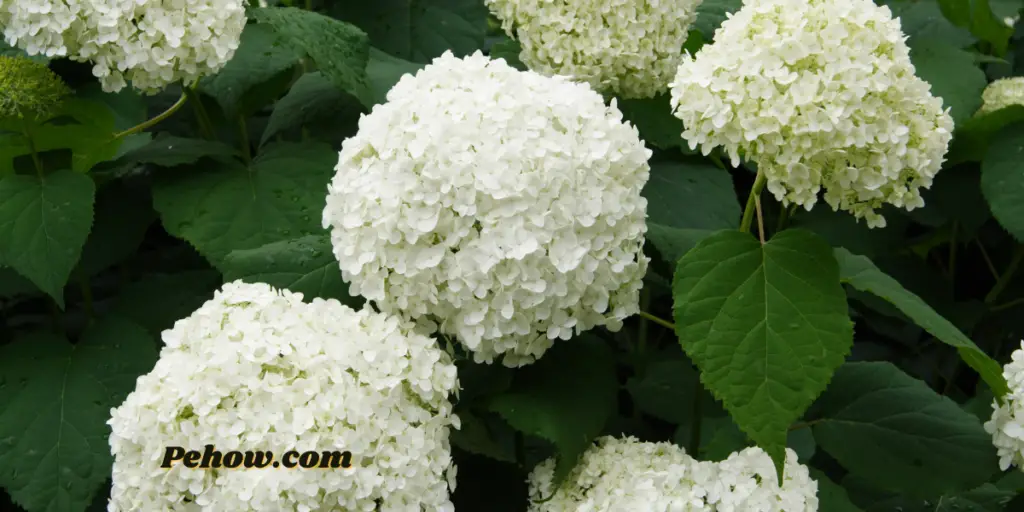
Hydrangea trees are a beautiful addition to any garden, and they can be planted at almost any time of year. However, there are some specific times of year when they will be most successful.
The best time to plant a hydrangea tree is in the early spring, before the ground has had a chance to warm up too much. This will give the tree a chance to get established before the hot summer months.
If you live in an area with mild winters, you can also plant hydrangea trees in the fall. This is a good option if you want to avoid having to water them regularly during the summer.
Winter Care of Hydrangea Plants
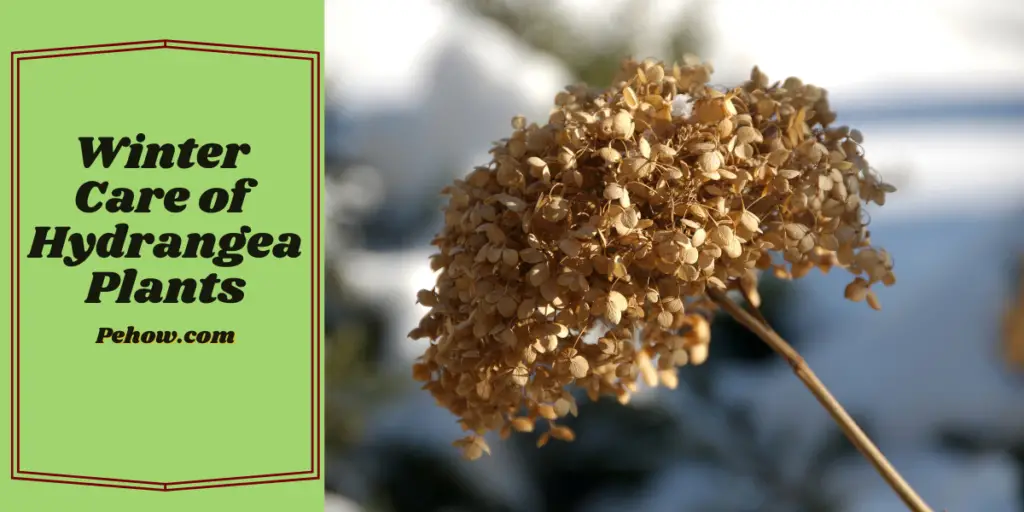
Hydrangea leaves may die back during winter, but don’t worry, the plant will regrow come spring. To help your plant survive winter, follow these tips:
1. Protect your plants from the cold by covering them with a tarp or burlap sack.
2. If the ground freezes, insulate your plants by placing straw or leaves around the base of the plant.
3. Water your plants regularly, especially during dry spells.
4. Apply a layer of mulch around the base of the plant to help retain moisture.
5. Check your plants regularly for signs of damage from cold weather, such as brown leaves or stems. If you see any damage, prune away the affected areas.
Final Thoughts
According to the (USDA), hydrangea plantings are increasing daily in America. And, it’s no wonder why. These showy shrubs produce an abundance of large flower clusters in a variety of colors that bloom from summer to fall. Plus, they’re relatively easy to grow in most home landscapes.
Although hydrangeas are adaptable to various light conditions and soil types, they prefer a location in partial shade and moist, well-drained soil. With a little care, you can enjoy these stunning shrubs for many years to come.
So, now that you know How to Care for Hydrangea Tree, what are you waiting for? Take care of the hydrangea plant today and enjoy its beauty for years to come!
Note: A big thank you to our friend and renowned hydrangea expert Archie Harrison for helping us write this article. Archie is the owner of Harrison’s Nursery and Garden Center in Virginia Beach, Virginia. He has been in the nursery business for over 30 years and is a wealth of knowledge when it comes to hydrangeas. Thanks, Archie!


